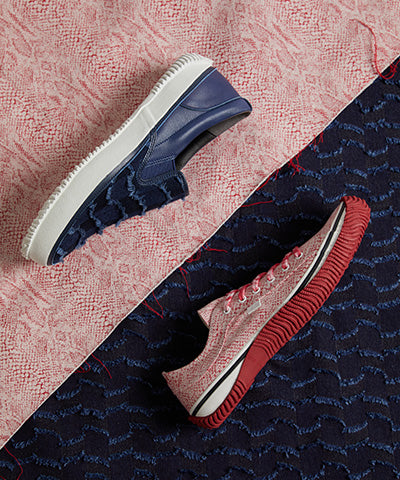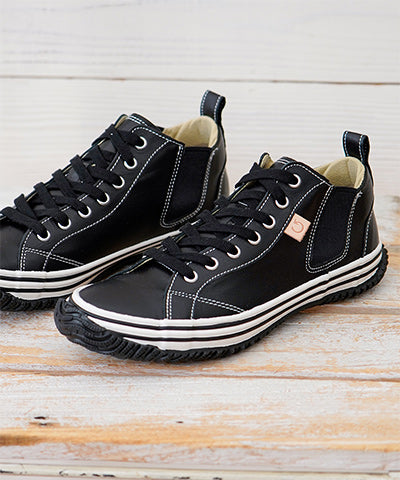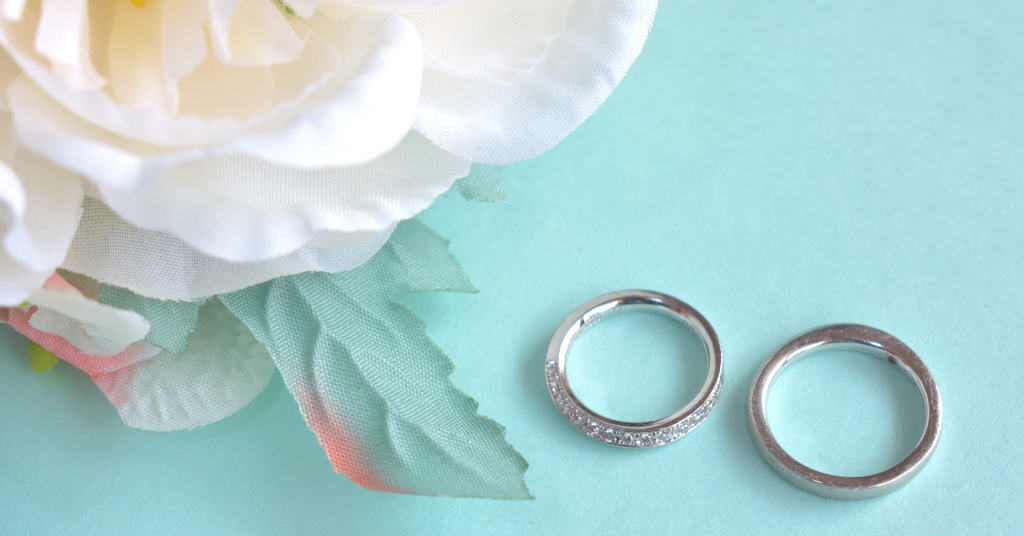Damage caused by wild animals is serious
Recently, we often hear news about wild animals coming down from the mountains in search of food.
Wild boars, monkeys, bears...people have the misfortune to come across them and be attacked on many occasions.
Damage to forests caused by wild animals is also a serious problem, with deer accounting for approximately three-quarters of all damage.
Deer eat not only grass and branches and leaves but also tree bark, causing forests to wither and the soil to collapse, causing great damage to the forestry industry.

Wild boars are often spotted here.
Due to global warming, the number of wild animals such as deer and wild boars continues to increase year by year, and the damage to crops caused by wild animals now amounts to approximately 16.4 billion yen per year (FY2017).
There is an urgent need for concrete measures to address this environmental issue.
Can't vermin eat it? Can't you use it for skin?
Wild animals that threaten the environment are captured and disposed of by hunters as pests, which may seem sad.
But did you know that most of the meat and skin is thrown away?
How about making game dishes?
- Unless meat is processed quickly in a controlled, hygienic facility, it cannot be kept of a quality sufficient for distribution.
Can't use the skin?
- The hunters drag the captured animals around, which can scratch them and make it difficult to use them for leather.
Unlike using the meat and skin of livestock, there are many drawbacks, so the reality is that there is no choice but to throw it away.
"Matagi Project" launched!
"Is it possible to take measures against pests to maintain an environmental balance between wild animals and people, and use animal skins to revitalize the local area?"
The "Matagi Project" was born from this idea.
The executive committee was established in 2013, mainly consisting of members from Yamaguchi Sangyo Co., Ltd., universities, NPOs, etc.
This is the only animal skin utilization support project in Japan that works in collaboration with 160 organizations and individuals across the country, turning animal skins that would previously have been discarded into valuable resources and helping to revitalize local communities.
Thanks to the cooperation of the hunters
"Matagi" is the name given to hunters who live in the mountainous regions of Hokkaido and Tohoku.
The Matagi Project would not be possible without the understanding and cooperation of the hunters.
Assistance is also needed to ensure that the bullet is fired in a place that will not leave a noticeable wound, and to ensure that the body is carried home without injury.
At first, many hunters were reluctant, as it was more work than usual, but now more hunters are willing to cooperate, and the project is making steady progress.
Eco-leather tanned with 100% vegetable tannins
When tanning leather, the "chrome tanning method" which uses metal-based tanning agents is generally used, but the Matagi Project uses the "lacette method" which uses 100% vegetable tannins, which is gentle on people and considers the natural environment.
We use leather materials that comply with the Japan Eco Leather Standards.
By having many people purchase products from this project, we are able to contribute to the local community and the global environment.
Matagi Project x Spingle SPM-260 Launched

Spingle Company encountered the Matagi Project while planning product development with a sustainable perspective, and finally released the SPM-260 this fall.
This Spingle is made from the leather of Ezo deer, which was exterminated as a pest in Hokkaido.
Because Ezo deer are only hunted during a limited period and the overall supply is low, the price is about twice that of regular deerskin, making it an extremely rare and luxurious material.
Spingle is environmentally friendly
The SPM-260 is based on the popular deerskin model SPM-241.
The basic design brings out the material, making this a soft and comfortable item to wear. The insole has the Spingle logo branded on it.
Furthermore, the materials used are carefully selected from natural materials that will decompose when buried in the ground and return to Mother Earth after the shoes have completed their role.
Velour leather is used on the sides of the upper to reinforce the strength of the deerskin, the sole is made of natural crepe, and the lining is made of cowhide.
These are Spingle's first environmentally friendly ethical shoes.
We hope that this model, which utilizes the blessings of the forest as a valuable resource, will encourage as many people as possible to think about the global environment.

Spingle logo branded on the insole

Only environmentally friendly materials are used

SPM-260 Brown
Matagi Project Sneakers

SPM-260 Black
Matagi Project Sneakers

SPM-260 Navy
Matagi Project Sneakers
Sales will be limited to SPINGLE SHOP and SPINGLE online shop.







